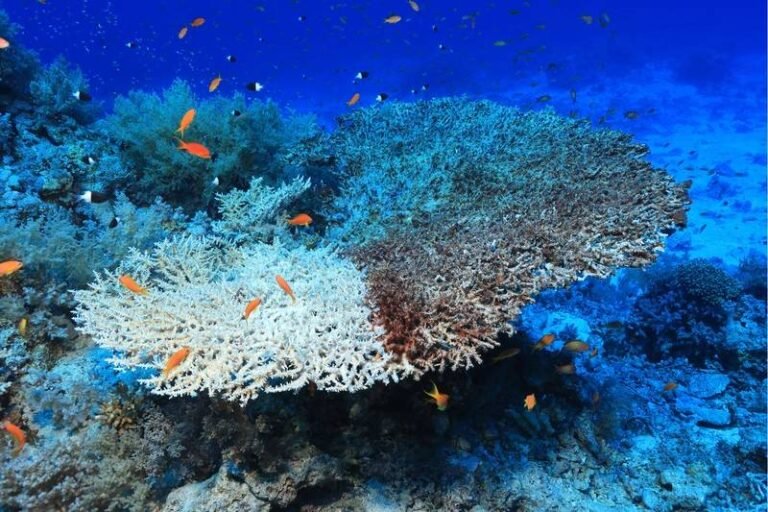The Future of Coral Reef Protection: Technology and Collaboration
The future of coral reef protection lies at the intersection of technology and collaboration, according to Australian researchers who are working on designing a global real-time monitoring system. Their goal is to help save the world’s coral reefs from further decline, primarily caused by bleaching due to global warming. Recent statistics show that 75% of coral reefs worldwide have experienced bleaching-level heat stress in the past two years.
A collaborative project led by the University of South Australia is incorporating remote sensing technologies with machine learning, AI, and Geographic Information Systems (GIS) to monitor coral reef damage. This multimodal platform aims to consolidate all research data related to coral reefs onto a central dashboard for real-time global monitoring. The integrated system will track bleaching severity and trends, monitor crown-of-thorns starfish populations and predation risks, detect disease outbreaks and juvenile coral levels, and assess reef fish abundance, diversity, length, and biomass.
By centralizing all this data in real time, researchers hope to generate predictive models that will aid conservation efforts by enabling early intervention. In addition to scientific efforts, citizen scientists are also playing a crucial role in reef conservation. Volunteers are assisting with surveys of the Great Barrier Reef led by Citizens of the Reef. A recent census conducted by citizen observers generated over 43,000 images, demonstrating the power of collaboration between experts and the public.
Recent observations from scientists and citizens in the Pilbara and Kimberley regions confirmed major coral bleaching affecting Western Australian reefs. Additionally, scientists from the Australian Institute of Marine Science (AIMS) have developed a new machine learning method called RapidBenthos, which automates the analysis of photomosaics of coral reefs, saving significant time compared to manual analysis.
Researchers are also testing AI technologies such as Reef-NeRF and Reef-3DGS, developed by AIMS and La Trobe University, to create 3D digital twins of reef sections. These advancements are crucial in studying coral reefs at unprecedented spatial scales to better understand their complex ecosystems and aid in conservation efforts.
The recent mass coral bleaching event on the Great Barrier Reef underscores the urgency of exploring technical innovations like Reef-NeRF and Reef-3DGS. This project not only aims to advance scientific research but also to enhance public awareness and engagement in marine science to emphasize the importance of coral reefs and the critical need for their protection.

